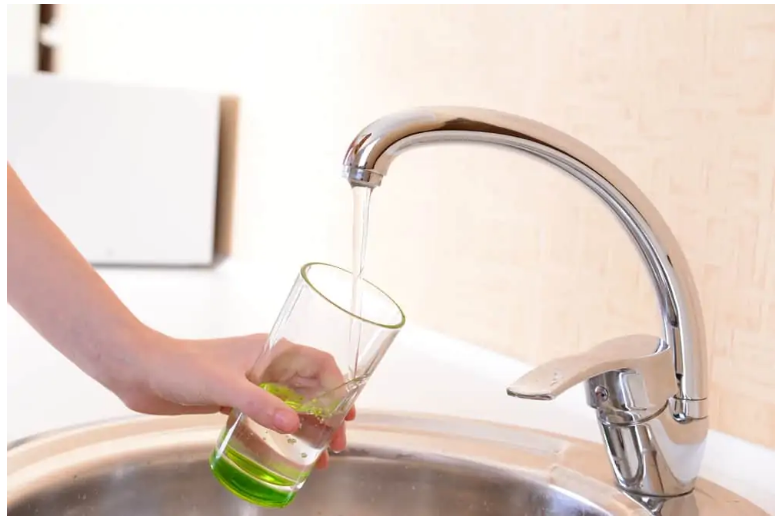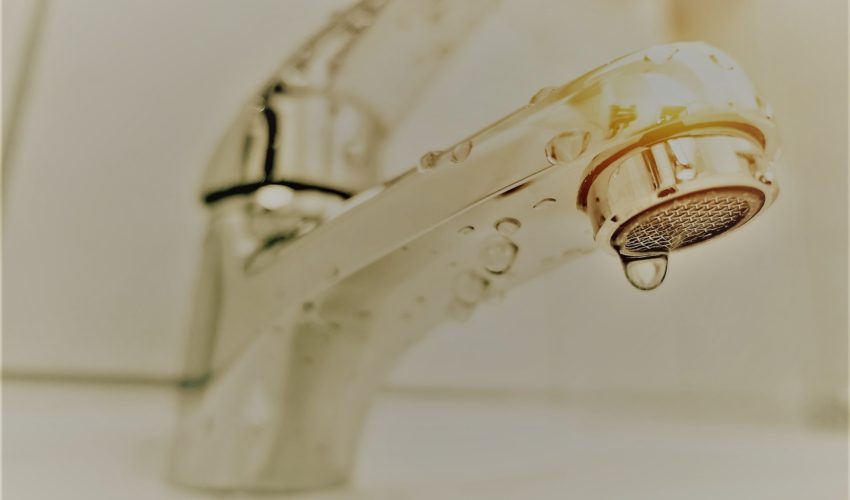An Complete Instruction to Fixing Low Water Pressure in Your Home
An Complete Instruction to Fixing Low Water Pressure in Your Home
Blog Article
We have noticed this great article about Dealing with Low Water Pressure in Your Home down the page on the net and believe it made good sense to share it with you on this page.

Low water pressure in your house can be a discouraging issue, affecting everything from showering to washing recipes. If you're experiencing weak water flow, there are several feasible causes and options to check out. In this overview, we'll review common factors for low tide pressure and functional actions to resolve the concern efficiently.
Intro to Low Water Stress
Low water pressure occurs when the circulation of water from your faucets, showers, and various other components is weaker than common. This can make everyday jobs more tough and less efficient. Recognizing the reasons for low water pressure is crucial to locating the right remedy.
Common Sources Of Low Water Stress
Faulty Stress Regulators
Stress regulatory authorities are accountable for preserving constant water stress in your house. If they malfunction, it can result in low tide stress or unequal flow throughout your home.
Local Supply Of Water Issues
Often, the problem exists outside your home. Municipal water problems, such as main line leaks or upkeep work, can momentarily minimize water stress in your location.
Pipeline Obstructions
With time, pipelines can become obstructed with mineral deposits, sediment, or debris, restricting the flow of water. This is a common issue in older homes with galvanized steel pipelines.
Deterioration
Deterioration within pipes can bring about leaks and lowered water stress. Rust build-up can restrict water flow, particularly in aging plumbing systems.
Just How to Diagnose Low Tide Stress
Checking Pipes
Examine visible pipelines for indications of leakages, deterioration, or clogs. Pay attention to any unusual audios, such as banging or rattling pipelines, which can suggest problems within the plumbing system.
Consulting with a Plumber
If you're not able to identify the root cause of low tide stress, consider hiring an expert plumber to carry out a complete evaluation. They can determine underlying issues and suggest suitable services.
Inspecting Faucets and Components
Beginning by checking the water pressure at various faucets and components throughout your home. If the issue is separated to particular locations, it may indicate local issues.
DIY Solutions to Deal With Low Water Stress
Flushing Hot Water Heater
Sediment accumulation in the hot water heater can limit flow and reduce efficiency. Purging the storage tank periodically assists eliminate debris and keep optimal performance.
Inspecting Stress Regulatory Authority
Make sure that the pressure regulator is operating properly. Changing or replacing the regulator can help recover correct water pressure throughout your home.
Cleaning Aerators and Showerheads
Natural resources can collect in aerators and showerheads, reducing water circulation. Eliminate and clean up these elements consistently to boost water pressure.
Clearing Clogs in Piping
For minor clogs, try making use of a plumbing snake or chemical drainpipe cleaner to clear obstructions in pipes. Be cautious when using chemicals and adhere to security standards.
When to Call an Expert Plumber
If DIY initiatives fail to deal with the problem or if you think significant plumbing issues, it's finest to look for assistance from an accredited plumber. They have the competence and tools to resolve complex problems securely and efficiently.
Preventive Measures to Keep Water Stress
Installing a Pressure Booster
Think about mounting a stress booster pump to enhance water pressure in locations with constantly reduced flow. This can be particularly valuable for multi-story homes or homes with high-demand fixtures.
Tracking Water Usage
Be mindful of water use habits and avoid overtaxing the plumbing system. Basic adjustments, such as staggering showers and washing loads, can help preserve appropriate water stress.
Routine Upkeep
Set up routine maintenance for your plumbing system to stop concerns such as corrosion, leakages, and blockages. Addressing small issues early can assist stay clear of more significant repairs later.
Conclusion
Managing low water stress can be frustrating, however identifying the underlying reasons and carrying out suitable solutions can recover optimal circulation throughout your home. Whether it's cleaning aerators, inspecting pipes, or consulting with a plumber, taking proactive steps can guarantee a constant supply of water for your daily demands.
9 Solutions to Low Water Pressure
If you have ever struggled to rinse the shampoo out of your hair, washed your hands under a trickle of water, or been forced to wait for your washing machine to complete a cycle, then you have experienced the nuisance of low water pressure. Low water pressure can turn a simple task into a hassle, but once you identify the cause, either the necessary plumbing fix or a water booster pump can drastically improve your water pressure. In this article, you can learn about nine common causes of low water pressure and how to resolve low water pressure in your home.
How do you know if you have low water pressure?
Testing your home’s water with a pressure gauge is the easiest way to find out if you have low water pressure. Pressure gauges are simple and inexpensive, and once installed, will allow you to check your water pressure with a quick glance.
If your water is from a municipal water supply, select an outdoor faucet near where the main water line enters your home. If your water is from a well, select a faucet that is close to the well’s pressure tank. Attach the pressure gauge to the faucet and tighten it. To get an accurate reading, make sure water isn’t being used anywhere else inside or outside the house, and then fully turn the faucet on. Once the faucet is on, you can read the water pressure on the gauge’s dial. Typical home water pressure should be between 40 and 50 psi, so if the dial reads less than 40 psi, you have low water pressure.
Do water booster pumps increase water pressure?
A water booster pump is a centrifugal pump that improves low water pressure and increases water flow. Much like how a fan’s blades create a gust of air, a water booster pump’s rotating impeller draws water in and then pushes it out with increased force. This force raises the water pressure in a system. A water booster pump is installed where the main water line enters your home, so water pressure is improved in every tap and appliance.
What causes low water pressure?
1. Hard water
If you have hard water, scale can accumulate in your pipes, restrict the water flow, and reduce your water pressure. Hard water has a high mineral content, specifically calcium and magnesium, and scale is formed when these mineral salts dissolve.
The solution: When scale buildup is severe enough to restrict water flow and reduce water pressure, the best solution is to replace your pipes. Products like CLR Calcium, Lime, and Rust remover can diminish scale, but as the scale comes off it may clog your pipes, creating another costly plumbing problem. Not to mention, it is never a good idea to put harsh chemicals in the pipes that supply your drinking water. To prevent scale in the future, we recommend installing a water softener.
The main water shut off valve is not open.
If your water pressure has suddenly decreased and you recently had a repair done, make sure the main water shut off valve is fully open. Most plumbing repairs require the water to be shut off, but if the valve is not completely opened afterward, your water pressure will be restricted.
The solution: Locate your main shut off valve, which is installed where the main water line enters your home, and fully open it by turning it counterclockwise.
A municipal water problem
Low water pressure may not have to do with your own plumbing system. Just like your home’s water supply, the municipal water supply is subject to problems that can cause low water pressure, such as leaks and corrosion.
The solution: Call the municipal water supply to report your low water pressure. Your input may alert them to the problem and will ensure your water pressure is restored as quickly as possible.
Faulty pressure regulator
A pressure regulator is a valve that reduces incoming water pressure as water flows into your home from the main service line. High water pressure can damage pipes and plumbing fixtures, so a pressure regulator is installed to protect your home plumbing system. Most are set to 50 pounds per square inch (psi), but if yours is set lower, your water pressure will feel low. If your pressure regulator is set to 50 psi but your pressure still feels low, it may be broken or clogged.
The solution: Adjust your pressure regulator’s setting to 50 psi if it is currently set lower. If your pressure regulator is faulty, ask a plumber to replace it.
A leak
A leak can reduce water flow and water pressure. To determine if you have a leak, turn all the faucets off inside and outside of your home. About an hour later, check your water meter. If it indicates you are using water, you have a leak.
The solution: Enlist the help of a licensed plumber to locate and repair the leak. Once the repairs are complete, your water pressure should return to normal.
https://www.freshwatersystems.com/blogs/blog/what-causes-low-water-pressure-and-how-to-improve-it

Do you appreciate reading about 10 Reasons for Low Water Pressure in Your House? Write a short review below. We would be delighted to find out your suggestions about this blog posting. We are looking forward that you come back again in the future. Kindly take the time to promote this blog entry if you appreciated it. Thanks for your time invested reading it.
Free Estimate Report this page